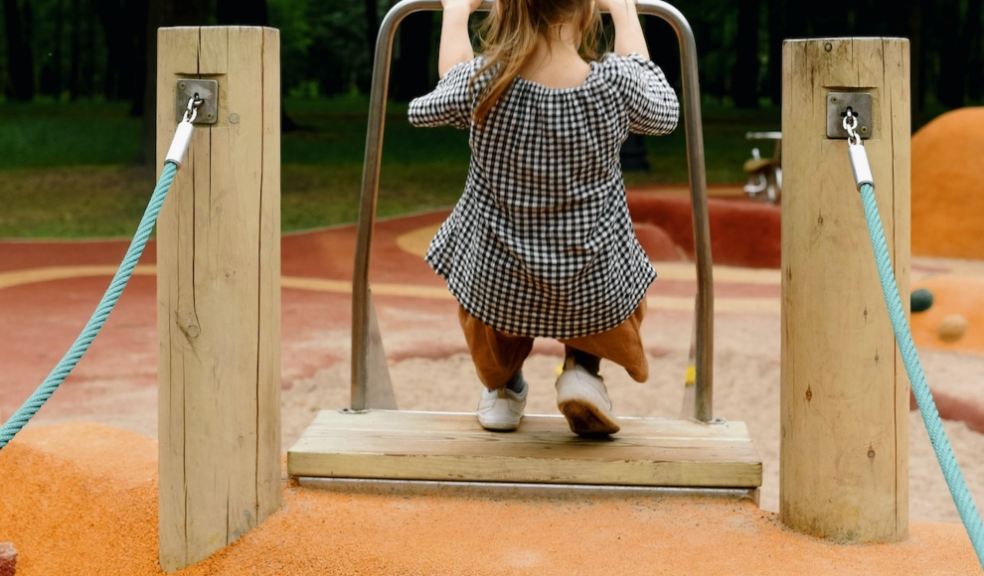
The Evolution of School Playground Equipment and Its Impact on Play: A Focus on the UK Market
Introduction
School playgrounds, often overlooked as mere recess destinations, are in fact dynamic spaces that significantly influence a child's development. They serve as hubs for social interaction, physical activity, creative exploration, and cognitive stimulation. Central to these playgrounds is their equipment, the characteristics of which have transformed remarkably over the years. This article delves into the evolution of school playground equipment in the UK, assessing how shifts in design, safety measures, and educational theories have altered children's play patterns and behaviours.
A Historical Snapshot: The Early Beginnings
In the early decades of the 20th century, the playgrounds in the UK were markedly rudimentary and vastly different from those we see today. These playgrounds were equipped with straightforward apparatuses, primarily swings, roundabouts, and see-saws. Fields for free play and sandpits were also common.
- Swings and See-Saws: Serving as the backbone of playground equipment, these provided children with a pure and engaging experience of movement and balance. While simple, they formed the foundation of physical play by developing motor skills and spatial awareness.
- Roundabouts or Merry-Go-Rounds: These circular moving platforms introduced the thrilling sensation of speed and rotational motion, while encouraging teamwork as children had to collectively push to keep it spinning.
- Sandpits: Often underappreciated, sandpits were playground gems that fostered creativity and imaginative play. They allowed children to shape and mould the sand into structures, promoting fine motor skills and tactile experiences.
Although basic, these traditional playground elements facilitated crucial social interactions, enhanced creativity, and honed physical abilities.
Transition: Playground Evolution in the Mid to Late 20th Century
Moving into the mid to late 20th century, the playgrounds began to morph and expand their offerings. This change was driven by a growing awareness of child safety and advancements in manufacturing techniques that brought new materials into play. Traditional hard surfaces like asphalt and concrete began to give way to safer alternatives like rubber matting and wood chips. Equipment became more diverse, imaginative, and aimed at promoting varied types of movement.
- Climbing Frames: Ranging from simple monkey bars to intricate rope or metal structures, climbing frames became playground staples. They were designed to challenge children physically, promoting strength, coordination, agility, and confidence.
- Slides: Slides evolved from straight, standalone structures to being integrated into multi-component apparatuses. Designs started to include spiral slides, wave slides, or tunnel slides, adding a sense of variety and excitement.
- Adventure Trails or Obstacle Courses: These offered a sequence of physical challenges, from balance beams and stepping stones to rope bridges and climbing nets. They stimulated gross motor skills, balance, problem-solving abilities, and perseverance.
- Multipurpose Structures: These larger play structures combined various elements such as slides, tunnels, bridges, climbing walls, and playhouses. They offered a diverse range of play opportunities within a single piece of equipment, increasing play value and accommodating more children at once.
The 21st Century Playground: Safety, Inclusivity, and Learning
With the dawn of the 21st century, the design ethos of playgrounds expanded from simply providing physical play opportunities to creating inclusive, engaging, and stimulating environments. Modern playgrounds strive to address the needs of all children, including those with disabilities, catering to a range of physical, cognitive, and sensory abilities.
- Sensory Play Equipment: This includes items like musical instruments, textured panels, and sand and water play stations. These features offer rich, multisensory experiences that accommodate various learning styles and abilities. They also help children better understand and engage with the world around them.
- Nature-Inspired Playgrounds: This design approach integrates natural elements like logs, rocks, and native plants into the playground, promoting environmental awareness, biophilia, and imaginative play. Such playgrounds offer a blend of structure and flexibility, allowing children to invent their own games and narratives.
- Interactive and Electronic Play Equipment: This includes digital screens or touch panels that offer interactive games, combining physical activity with cognitive challenges. This fusion of traditional play and technology provides novel, engaging experiences for the digital age children.
- Inclusive Play Equipment: Inclusive playgrounds feature wheelchair-accessible swings, lower-height play structures, and soft, safe surfaces. Such thoughtful design ensures playgrounds are accessible, enjoyable, and beneficial for children of all abilities.
The Impact on Children's Play
The transformative journey of playground equipment has significantly influenced children's play patterns and behaviours. Where traditional playgrounds focused primarily on physical activity and basic social interactions, the modern playgrounds are carefully engineered to stimulate holistic child development.
- Physical Development: The shift from simple to more complex equipment has diversified the types of movements children engage in, encouraging the development of a broader range of motor skills and boosting overall physical fitness.
- Cognitive Development: Modern playgrounds, especially those with interactive and game-like features, stimulate cognitive abilities. They encourage children to problem-solve, strategize, imagine, and think creatively, fostering cognitive flexibility and mental agility.
- Social-Emotional Development: By encouraging group play and including equipment accessible to children of varying abilities, modern playgrounds foster crucial social skills. They encourage empathy, cooperation, negotiation, and conflict resolution, contributing to robust social-emotional development.
- Sensory Development: With the inclusion of sensory play equipment and natural elements, playgrounds now allow children to explore and understand the world through different senses, fostering sensory integration and perception.
Conclusion
The fascinating evolution of school playgrounds in the UK reflects a trajectory towards increasingly inclusive, stimulating, and multifaceted play experiences. These transformative spaces, constantly adapting to societal needs and advances, are pivotal in shaping children's development, well-being, and understanding of the world. As we traverse further into the 21st century, it remains to be seen how playgrounds will continue to innovate and evolve, aligning play with education, inclusivity, and joy











